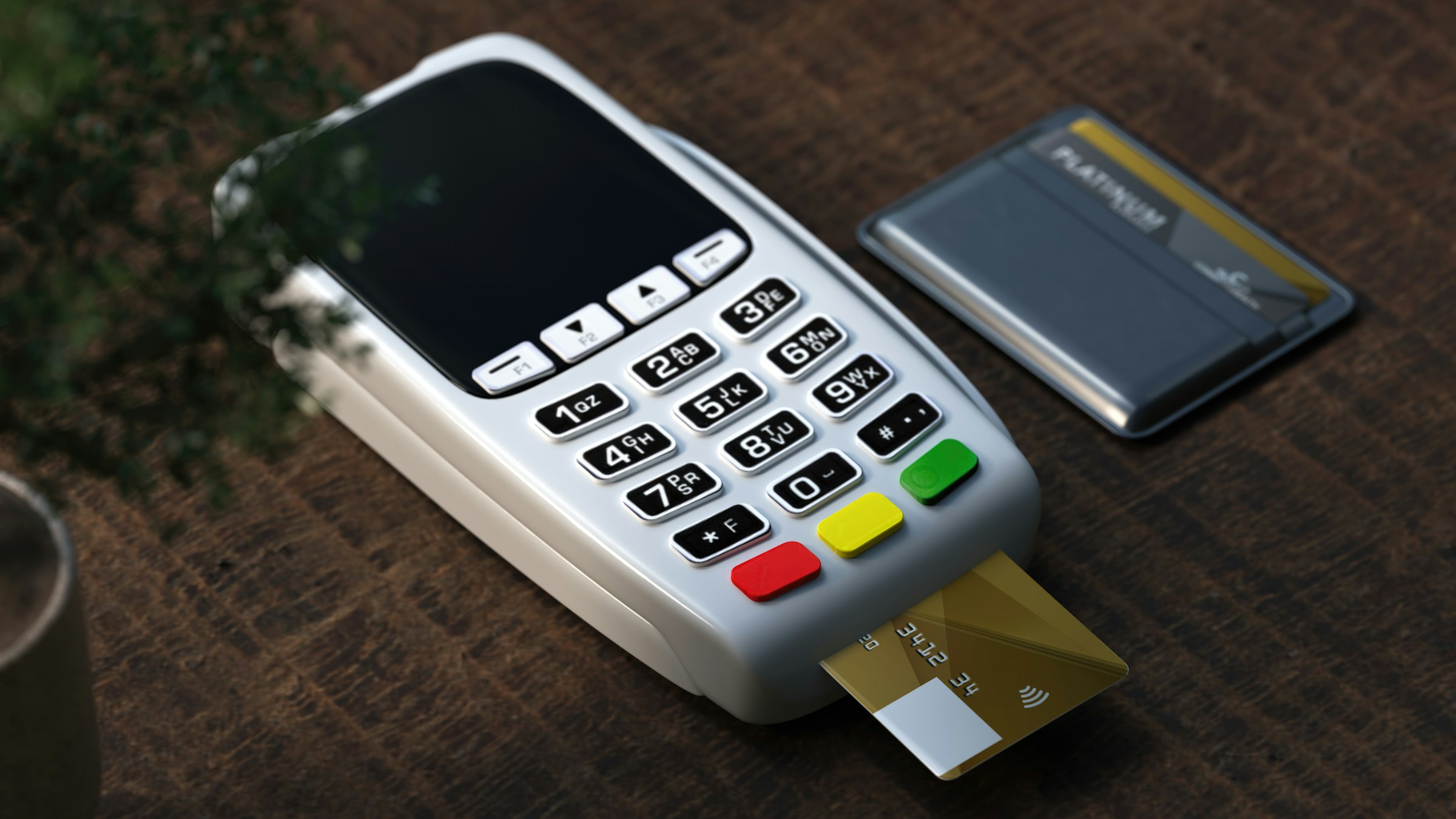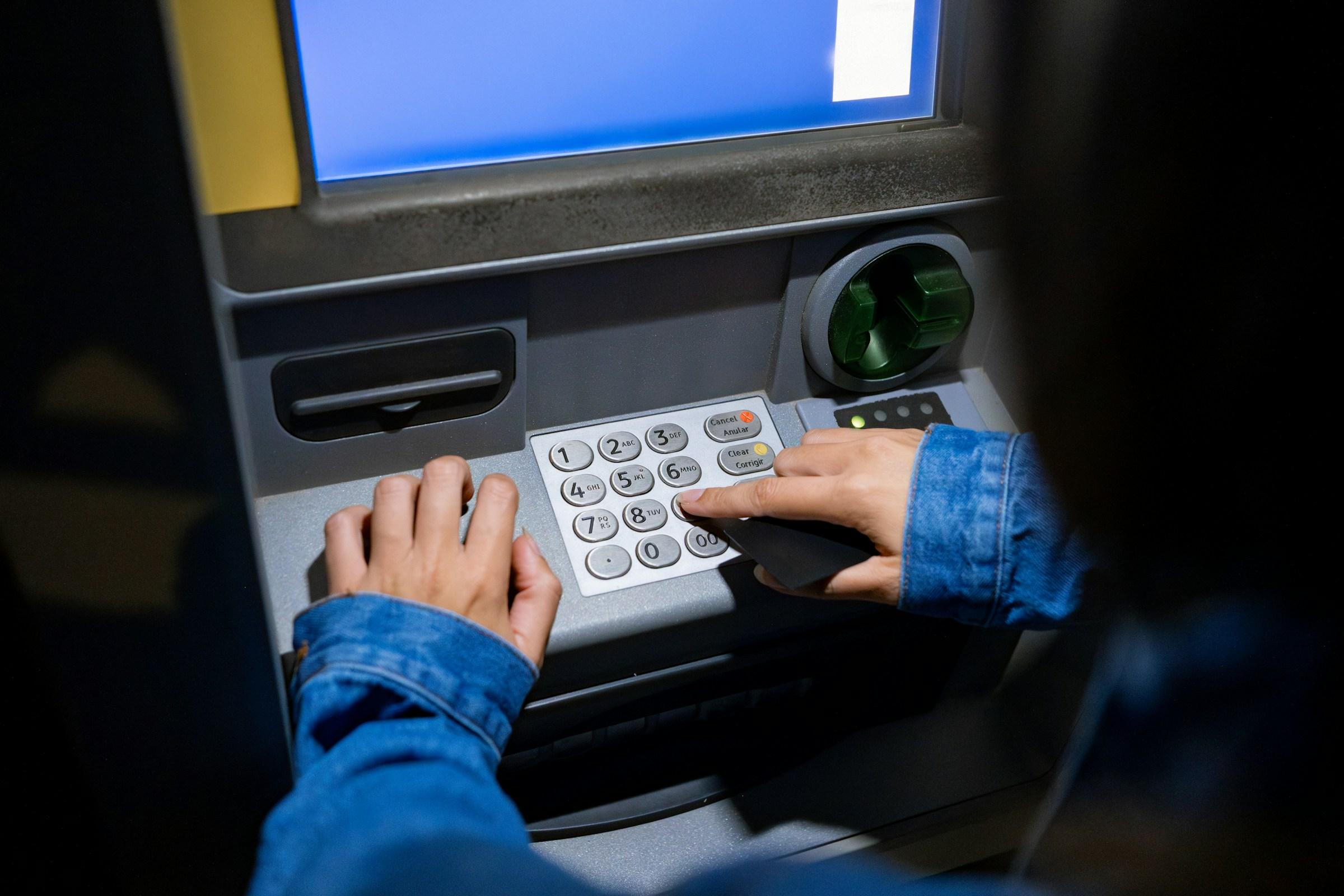How long does BNPL stay on a credit report is not just a technical question. It is a money habits question, a planning question, and a question about how your future lender will read your story. For years, Buy Now Pay Later sat in a strange quiet corner of consumer finance. People loved the convenience. Merchants loved the increased conversion. Many plans did not show up on mainstream credit files, so users felt like they were using a harmless tool that lived outside the usual rules. That world is changing. More providers are sharing data. More bureaus are building specific lanes for BNPL accounts. More lenders can see short term installment activity during underwriting. The result is a new reality where a small four part plan can leave a long print on your report. Understanding how long that print stays is the first step to using the tool responsibly.
Start with the idea of visibility. BNPL reporting is not a single switch that turns on for everyone at once. A provider has to decide to report. A credit bureau has to decide how to tag and store that information. A lender has to decide how to read it. Then a scoring model has to decide whether to include it in the math, and if so, how to weigh it. This stack of decisions is why different people can use the same BNPL app and see different outcomes at different times. In the last two years, the direction has been consistent. More pipes have been laid. More accounts are being labelled as BNPL on consumer files. Even when a scoring formula is still catching up, the raw trade line can appear on the report that a human or a rule engine reviews. So the starting point for a smart user is simple. Assume your BNPL behavior is visible. Assume it can be read. Assume it can follow you longer than the six or eight weeks you spend paying it down.
Once a BNPL account lands on your file, the clock that matters is the same clock that governs other accounts. If you open a plan, make the scheduled payments on time, and close it in good standing, that positive closed trade line can remain for years. In many markets, a closed account with no problems can sit on your report for up to a decade. That long retention period surprises people because the loan itself felt tiny and quick. Four installments for a pair of shoes or a new headset do not feel like epic finance. Yet the positive history is treated like other small installment loans. It sits quietly in the background and supports the story that you borrow and repay as agreed. The benefit is not dramatic on its own. It is more like a steady note in a song that keeps rhythm. If a future lender checks your file, that clean line still says you handled an obligation and completed it.
If a BNPL account goes wrong, a different set of clocks kicks in. The moment you miss a payment and the provider reports a delinquency, that late mark can remain for years even after you catch up. The usual rule for late payments is a seven year retention period from the original date of delinquency. If the plan spirals into a default and the debt is sent to a collection agency, the collection account is a separate negative item that can also remain for up to seven years. That part reads harsh because the original purchase felt small. The size of the loan does not dilute the life of the mark. A small plan that collapses into a collection is still a collection. A future lender will not see the cute checkout banner or the friendly app screen. The reader sees a missed obligation. This is why the best risk control for BNPL is extremely simple. Only use it for items you already budgeted for and can comfortably repay from cash flow. Stack too many plans at once or use it as a bandage for a cash gap and you create the exact conditions that lead to a negative item that lingers for years.
There is a separate topic that confuses many users, which is scoring models. For a long time, several scoring systems did not ingest or weigh BNPL data because the accounts were short, structured differently from classic loans, and inconsistent in how they were reported. As bureaus built BNPL tags and providers started to share data in a more uniform way, new versions of scoring models began preparing to consider these trade lines. Adoption is never instant. A lender needs to integrate the new version, test it, and decide when to roll it into production. During that transition, two realities exist at once. Your BNPL accounts may appear on the credit report that a lender reads, while your numeric score may not fully reflect those accounts yet. A human underwriter or a rules based engine can still see the activity and decide whether your file looks busier or riskier. This split reality is why people sometimes say their score did not move even though the report looks different. The safest mental model is to behave as if both the report and the score care about your BNPL behavior, because that is the direction the industry is moving.
Country rules add another layer. In the United States, positive closed accounts often remain visible for up to ten years, while late payments and collections typically remain for up to seven years. In the United Kingdom, adverse information commonly remains for up to six years. Many Southeast Asian markets are still standardising coverage as providers, bureaus, and banks align on data sharing. The pattern is similar even when the numbers shift slightly. Positive history can stay for a long time. Adverse items stay for multiple years. Collections are sticky. The exact numbers can vary by jurisdiction, but the idea you should use is consistent. A short plan can create a long record, for better or worse. Treat each plan like a formal loan rather than a casual tab.
You may also hear about soft checks, hard checks, and how inquiries show up. Many BNPL providers run soft credit checks that do not affect your score and do not show up on the version of the report a lender uses for decisions. Some providers may use hard checks for larger ticket plans or longer installment schedules, which can appear on your report and temporarily pull your score down a little. The important point is that the inquiry clock is separate from the trade line clock. An inquiry falls off in a shorter window. The presence of a BNPL trade line or a late payment follows the retention rules for accounts and delinquencies. Think in terms of three clocks. The inquiry clock is short. The clean account clock can be long. The negative item clock is long and heavy.
There is a question people ask when they have already tripped. If a BNPL plan went to collections and you paid it, does it go away quickly. The honest answer is that paid collections can still remain on your report for years from the original delinquency date. Some scoring models treat paid collections more gently than unpaid ones. Newer versions handle certain categories with more nuance. A paid collection can still sit in the file where a lender can see it. The practical strategy is to make sure the reporting is accurate, ensure it is marked paid, and then work on overwhelming that old note with lots of new on time data. A report is a logbook. It is not a social feed that hides last month’s mistakes the moment something new arrives. Patience and consistency are your friends after a slip.
One more effect is often overlooked. Short lived BNPL plans can influence the average age of your accounts when they appear as separate agreements. If you open several plans within a short span, your file can look younger and busier even if every plan is paid on time. A younger average age is a small headwind. It rarely wrecks a mature file on its own, but it can be the nudge that turns an automatic approval into a manual review. Lenders also worry about stacking. Stacking is when a user opens many plans in parallel, each with small payments that seem harmless alone but combine into a bulky monthly load. Underwriters look for signs of stacking because it predicts cash flow stress. A file that shows a cluster of short term loans can trigger a cautious decision. This compounds the argument for using BNPL with intention. Fewer plans. Shorter schedules. No overlaps that collide in the same payday week.
Consumers sometimes feel frustrated that clean BNPL behavior does not rocket their scores up overnight. That is a fair feeling if you have been disciplined. Think of credit as a marathon rather than a sprint. Payment history, utilisation on revolving lines, the age of accounts, and the diversity of credit all work together over time. A small, clean installment that closes successfully is a positive signal, yet it is one signal among many, and it can remain for years mostly as quiet support. The big benefits in credit building still come from never missing due dates, keeping card balances well below limits, and limiting new applications unless they are necessary. BNPL should complement those habits, not replace them. If you use it, use it inside a budget that already exists.
Here is what this means for daily life. If you like the convenience of spreading an essential purchase across a few pay cycles, you can still do that without wrecking your credit story. Set a strict rule for yourself. Do not start a BNPL plan unless you could pay the item in full today without tapping savings meant for emergencies. Do not run more than one or two plans at a time, and try to avoid ending several plans in the same week if your cash flow is tight. Link each plan to a real category in your budget. Groceries that you buy every week but want to smooth for a month. A school expense you planned for but prefer to split across two paychecks. A work tool that earns money and can be repaid by the income it helps create. If a plan would only fund lifestyle inflation, that is a sign to skip it. BNPL should be a convenience for items you already intend to buy, not a permission slip to spend beyond your means.
If you are already carrying negative items from past BNPL mistakes, do not panic. Start with information. Pull your credit reports through the official channels available in your country. Read them slowly. Confirm that every BNPL line and every status is accurate. If something is wrong, dispute it through the proper process. If the data is correct, accept that the clock is now part of your plan and focus on the levers you can control. Pay every current bill on time. Lower your utilisation on revolving cards. Avoid new hard checks unless they give you a clear long term benefit. Build a cash buffer so that a single small surprise does not push you into missing another payment. Over the next twelve to twenty four months, your file can heal even with old scars still visible. Lenders look at the recent trend as much as the distant past. A year of clean behavior is powerful medicine.
The industry around BNPL will keep evolving. Providers want to reduce losses and show responsible lending. Bureaus want to reflect reality by displaying obligations and outcomes. Lenders want to prevent surprises. Scoring companies want to reward responsible behavior without allowing easy manipulation. These incentives all push toward more reporting, clearer labels, and eventual inclusion in mainstream scores. None of that needs to be scary. It simply means the tool will be treated like the credit product it is. Your job as a consumer is to use it in a way that would still make sense if every line were printed in bold on your report.
The final answer is direct and useful. A positive BNPL account that appears on your credit report can remain visible for many years after it closes, often up to a decade depending on the bureau and market. A late payment related to a BNPL plan can remain for up to seven years from the original delinquency date. A collection that arises from an unpaid plan can also remain for up to seven years. In some countries, the numbers differ slightly. The pattern does not. Clean behavior creates a long quiet record that supports you. Negative behavior creates a long loud record that costs you. If you remember nothing else, remember this. A BNPL plan feels small when you tap the button at checkout. On your credit report, it can live a long life. Use it like your future self will read it with a careful eye, because one day that future lender will do exactly that.





-1.jpg&w=3840&q=75)



.jpg&w=3840&q=75)
.jpg&w=3840&q=75)
.jpg&w=3840&q=75)

.jpg&w=3840&q=75)